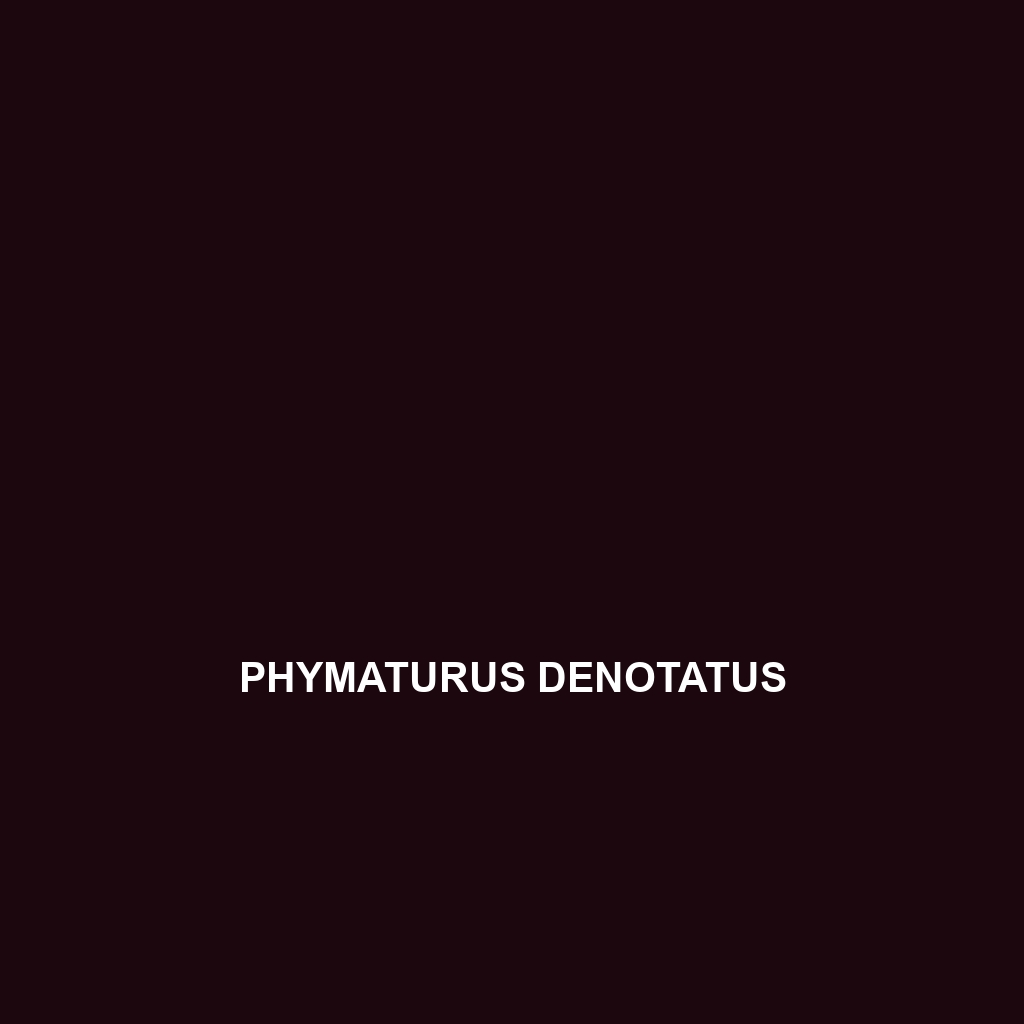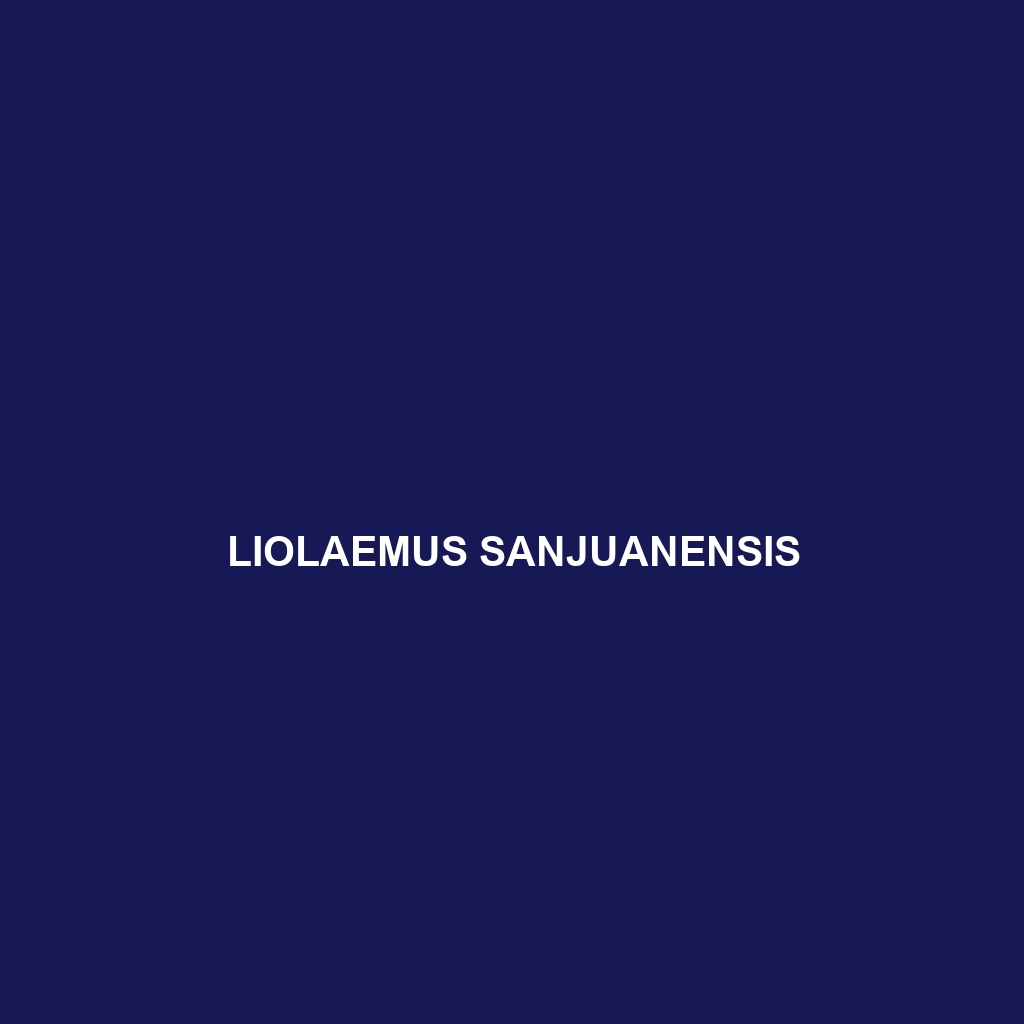Discover the fascinating Phymaturus denotatus, a vulnerable lizard native to the rugged terrains of Patagonia, Argentina. This diurnal insectivore, known for its distinctive camouflage and impressive climbing abilities, plays a vital role in its ecosystem by controlling insect populations and supporting biodiversity.
Tag: rocky outcrops habitat
Pachydactylus punctatus
<p><b>Pachydactylus punctatus</b>, also known as the spotted thick-toed gecko, is a robust, nocturnal reptile found in the arid regions of southern Africa, characterized by its sandy beige to light brown coloration with dark spots. These geckos are insectivorous, play a vital role in their ecosystem by controlling insect populations, and thrive in diverse habitats like savannas and scrublands.</p>
Oligosoma otagense
The Oligosoma otagense, or Otago skink, is a vulnerable species native to New Zealand's temperate forests, characterized by its agile movement, distinctive brown and olive patterned skin, and nocturnal behavior. This insectivorous skink plays a crucial role in maintaining ecological balance and is protected within conservation areas to combat threats from habitat loss and introduced predators.
Lucasium damaeum
<div class="product-short-description"> <p>Discover the <b>Lucasium damaeum</b>, or Centralian rough knob-tail gecko, a robust insectivorous gecko native to arid regions of central Australia, known for its distinctive sandy beige to brown coloration and fascinating nocturnal behaviors. This species plays a crucial role in its ecosystem by regulating insect populations and adapts effectively to its rocky and scrubland habitats.</p> </div>
Liolaemus sanjuanensis
<b>Liolaemus sanjuanensis</b> is a striking lizard native to the rocky outcrops and scrubland of San Juan Province, Argentina, displaying earthy tones that aid in camouflage and growing up to 20 cm in length. This diurnal insectivore exhibits unique social behaviors, such as basking in groups and performing territorial displays, while playing a crucial role in maintaining the ecological balance of its habitat.
Liolaemus fitzingerii
Discover the fascinating Liolaemus fitzingerii, or Fitzinger's Lizard, a diurnal insectivore native to the temperate forests and savannas of South America, characterized by its slender build, vibrant coloration, and unique mating rituals. This adaptable species plays a crucial role in its ecosystem by controlling insect populations and serving as prey for larger predators.
Eremias killasaifullahi
<p><b>Eremias killasaifullahi</b> is a slender lizard native to the arid savannas and deserts of Central Asia, measuring 15 to 25 cm in length. This insectivorous species is known for its quick movements, distinct coloration that blends into its environment, and fascinating burrowing abilities to evade predators.</p>
Diplodactylus galeatus
Diplodactylus galeatus, or robust bark gecko, a medium-sized, nocturnal species endemic to Australia's arid regions, recognized for its sandy brown to gray coloration and remarkable agility. This insectivorous gecko plays a vital role in its ecosystem by regulating insect populations while exhibiting fascinating behaviors and adaptability.
Cyrtodactylus aaronbaueri
Cyrtodactylus aaronbaueri, commonly known as the Aaron Bauer's Gecko, is a nocturnal reptile found in tropical Southeast Asia, recognized for its distinctive brown and orange coloration, impressive climbing abilities, and insectivorous diet. This vulnerable species thrives in humid environments with abundant vegetation, playing a crucial role in controlling pest populations in its ecosystem.
Ctenotus monticola
Discover the Ctenotus monticola, or mountain skink, a small, agile skink native to southeastern Australia, known for its distinctive earthy tones and unique tail-shedding defense mechanism. This diurnal insectivore plays a crucial role in controlling insect populations while thriving in rocky outcrops and grassy woodlands.









